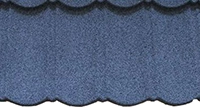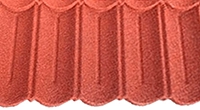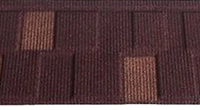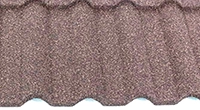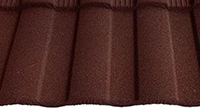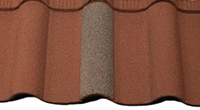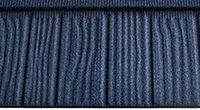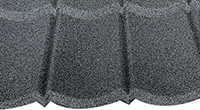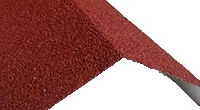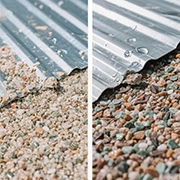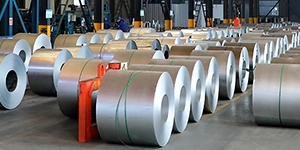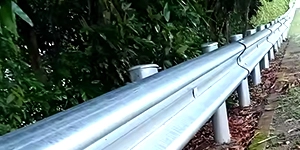What Are the Differences in Thickness of Stone - Coated Metal Roofing Tiles in Popular Markets Around the World?
Stone - coated metal roofing tiles are sold in various markets around the world, and due to differences in climate, building codes, and consumer preferences, the thickness of the tiles varies in different regions.
In the North American market, especially in the United States and Canada, the thickness of stone - coated metal roofing tiles is usually in the range of 0.45 - 0.6 mm. This is because North America has a variety of climates, from cold northern regions to hot southern areas. In the northern part, where there is heavy snowfall and strong winds, thicker tiles (around 0.5 - 0.6 mm) are preferred to withstand the harsh weather. In the southern part, where the climate is relatively mild, tiles with a thickness of 0.45 - 0.5 mm are more commonly used, as they can meet the basic performance requirements while being more cost - effective.
In the European market, building codes are usually stricter, and the thickness of stone - coated metal roofing tiles tends to be slightly thicker, generally between 0.5 - 0.7 mm. European countries such as Germany, France, and the United Kingdom have a long history of building construction, and people pay more attention to the durability and safety of buildings. Thicker tiles can better meet the strict wind resistance, snow load, and fire resistance requirements. For example, in areas with strong winds in Western Europe, tiles with a thickness of 0.6 - 0.7 mm are often used to ensure that they are not blown off by the wind.
In the Asian market, the thickness of stone - coated metal roofing tiles varies by country. In Japan, due to frequent earthquakes, lightweight roofing materials are preferred, so the thickness is usually around 0.4 - 0.5 mm. These tiles are not only light but also have good seismic performance. In China, with a large territory and diverse climates, the thickness ranges from 0.45 - 0.6 mm. In northern China, where it is cold and snows a lot, thicker tiles are used, while in southern China, where it is hot and rainy, medium - thickness tiles are more common. In the Middle East, where the climate is hot and dry with strong sunlight, the thickness of the tiles is usually 0.4 - 0.5 mm. The focus here is more on the heat resistance of the stone coating rather than the thickness of the metal substrate, but the thickness still needs to meet the basic strength requirements.
In the Australian market, which is prone to extreme weather such as hailstorms and strong winds, the thickness of stone - coated metal roofing tiles is relatively large, generally between 0.55 - 0.7 mm. This is to ensure that the tiles can withstand hailstones and strong winds, which are common in Australia. The thick metal substrate provides better impact resistance and wind uplift resistance, making the roof more durable.
In summary, the thickness of stone - coated metal roofing tiles in popular markets around the world is influenced by a variety of factors, and understanding these differences can help manufacturers produce products that meet local needs and help consumers choose the right tiles for their regions.
